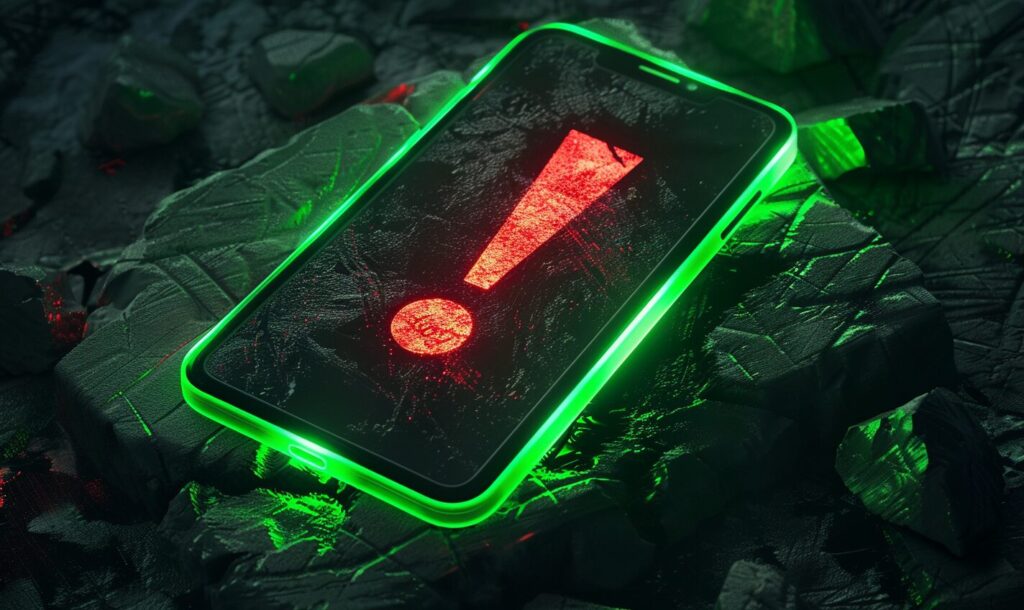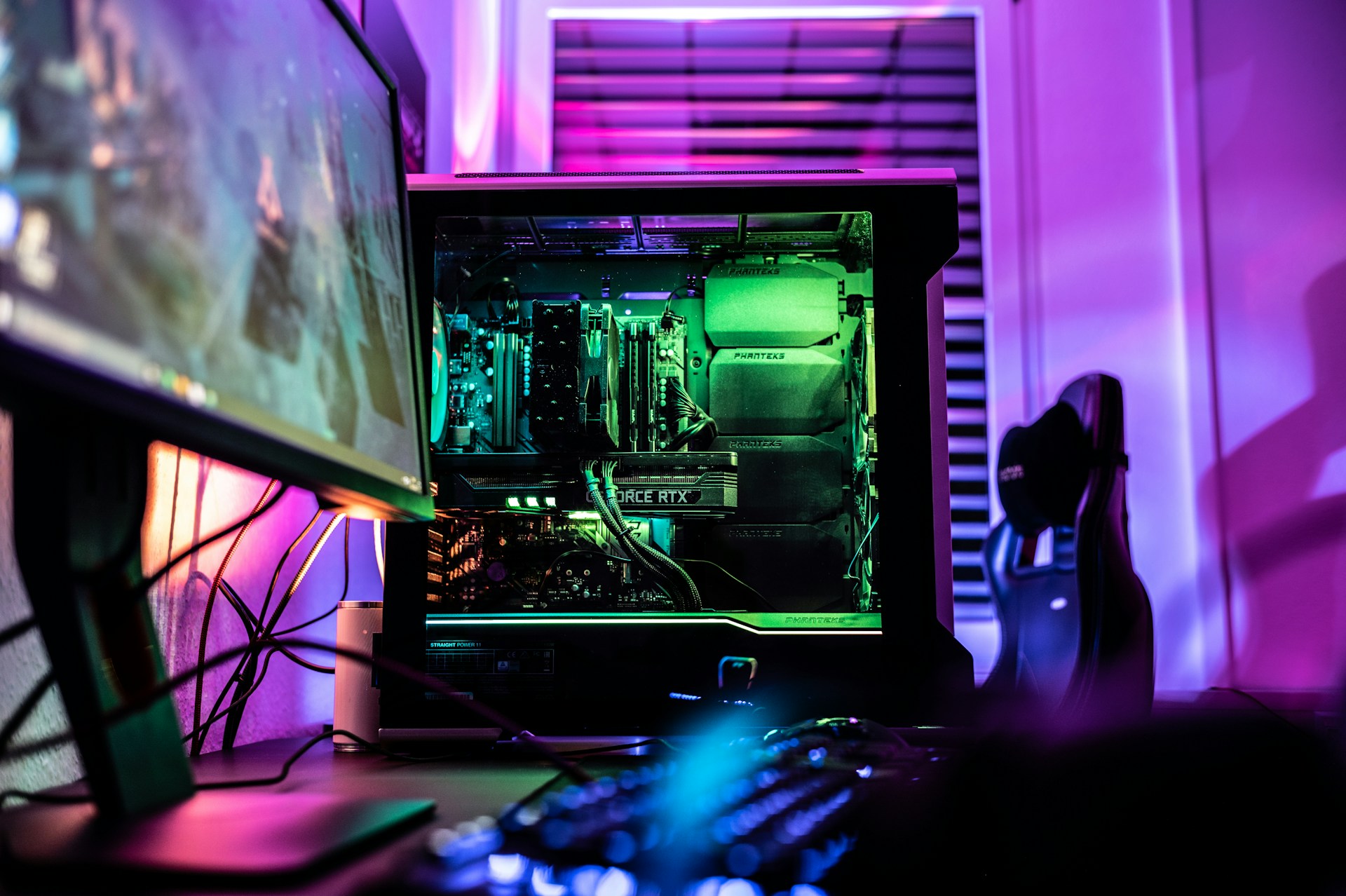PC errors can be confusing and frustrating. Many times, they seem to happen for no reason at all. The DPC watchdog violation is a common PC error.
This error can cause your computer to freeze or crash and can even result in data loss. In this blog post, we will discuss what a DPC watchdog violation is, what causes it, and how to troubleshoot it.
What Is a DPC Watchdog Violation?
DPC stands for Deferred Procedure Call. DPC — a Microsoft Windows operating system — allows higher priority tasks to occur while shuffling back important but lower priority tasks. A DPC watchdog violation occurs when a DPC takes too long to execute. This can be caused by a number of things, including bad drivers, hardware problems or software conflicts.
When a violation occurs, you will usually see a blue screen with an error message. The error message will typically say something like “DPC WATCHDOG VIOLATION.”
What Causes It?
There are a number of things that can cause this type of error:
- Bad drivers: Bad drivers are the most common cause. While drivers are pretty complicated to explain, essentially they allow the operating system to communicate with the actual device. Outdated or corrupt drivers can cause your computer to take longer to process information, which can lead to a DPC watchdog violation.
- Hardware problems: Hardware problems are another common cause of DPC watchdog violations. If your computer’s RAM is faulty or not working correctly, you may experience DPC watchdog violations.
- Software conflicts: Software conflicts can also cause DPC watchdog violations. Conflicts may occur if you have two programs trying to use the same resource, such as the same driver. This can cause your computer to take longer to process the information, which can lead to a DPC watchdog violation.
Troubleshooting a DPC Watchdog Violation
There are a few things you can do to troubleshoot a DPC watchdog violation.
1. Try Updating Drivers
First, try updating your drivers. Outdated or corrupt drivers can cause DPC watchdog violations. You can usually update drivers through your computer’s manufacturer’s website.
2. Troubleshoot Hardware
If updating your drivers does not fix the problem, try troubleshooting your hardware. Random access memory (RAM) — essentially your computer’s short-term memory — can cause DPC watchdog violations. You can usually test your RAM by running a memory test on your device.
3. Troubleshoot Software
If you are still having problems, try troubleshooting your software. If two programs are seemingly conflicting, try uninstalling one of them. This could solve the conflict and fix the DPC watchdog violation.
4. Check the IDE ATA/ATAPI Controller
This controller is responsible for communication between the computer and storage devices (hard drives, solid state drives, etc.). If this controller is not functioning properly, it can cause a DPC watchdog violation.
5. Remove All External Devices
External devices (USB flash drives, external hard drives, etc.) can sometimes cause a DPC watchdog violation. Try removing all external devices and see if the problem persists.
6. Update Solid-State Drives
Solid-state drives (SSDs) can sometimes cause a violation. These devices store data via flash memory. Make sure that your solid-state drive is up to date.
7. Scan System Files
Use a tool like Windows Defender to scan your system files and look for any potential malware or viruses. To do so:
- Click the Start button and type “Windows Defender” into the search box.
- Click on Windows Defender to open the program.
- Click on the “Scan now” button.
If you find any malware or viruses, remove them from your computer.
How to Prevent Future Violations
There are several things you can do to prevent future DPC watchdog violations:
1. Restore Your System
If you have recently made any changes to your system (installed new software, updated drivers, etc.), try restoring your system to an earlier point in time. This will undo any recent changes and might fix your problem.
2. Update Your Drivers
Outdated or corrupt drivers can sometimes cause these errors. Make sure that all of your drivers are up to date.
3. Disable Fast Startup
Fast startup is a feature in Windows that can sometimes cause a DPC watchdog violation.
To disable fast startup, go to Start > Settings > Update & Security > Power & Sleep > Additional power settings. From there, you can select what the power buttons do. Then you will need to click “Change settings that are currently unavailable” and uncheck the box next to “Turn on fast startup (recommended).” Don’t forget to save!
Take Control of Your Troubleshooting
DPC watchdog violations can be frustrating, but luckily there are several things you can do to troubleshoot and prevent them. By following the steps in this blog post, you can hopefully resolve the issue and avoid future violations.
Recent Stories
Follow Us On
Get the latest tech stories and news in seconds!
Sign up for our newsletter below to receive updates about technology trends














